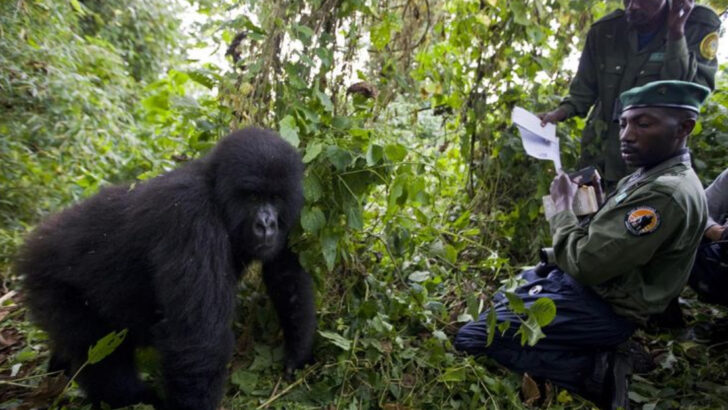We almost lost them forever—but some came roaring back. From the edge of extinction to full-on comebacks, these animals defied the odds with a little help from humans (and a whole lot of luck). They’re swimming, soaring, and stomping through their habitats once again—living proof that not every environmental headline ends in heartbreak. But this isn’t just a victory lap. While some species are thriving, others are clinging to survival by the slimmest thread. One strong storm, one oil spill, one careless move—and they’re gone. This is a tale of hope and heartbreak. Of giant pandas no longer “endangered”… And rare porpoises fighting for every breath. Let’s dive into the 12 most inspiring wildlife comebacks—and meet 4 animals that still need us more than ever.
The Bald Eagle
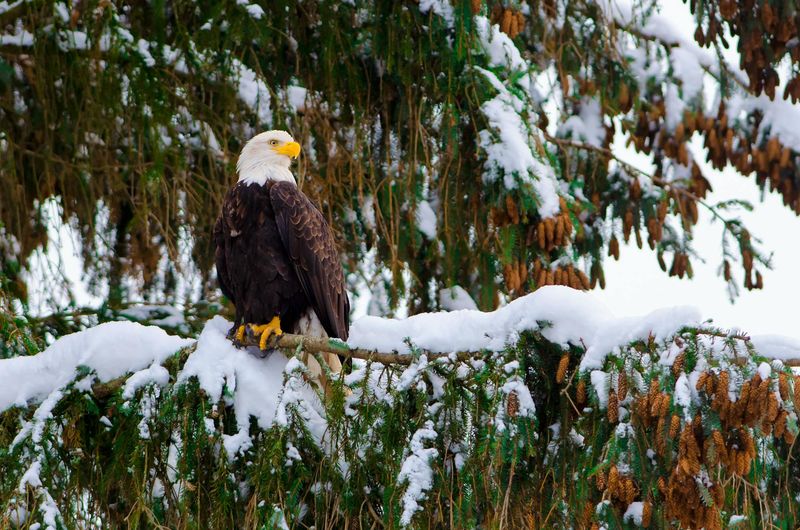
Once on the brink of extinction, the Bald Eagle has soared back to prominence. In the 1960s, the use of DDT nearly wiped out this iconic American bird.
Thanks to the banning of DDT and strong conservation efforts, Bald Eagle populations have flourished. Observers now frequently spot these majestic birds across the United States.
Their recovery stands as a testament to effective environmental policy and public support. Did you know? The Bald Eagle was chosen as the national emblem of the United States in 1782, symbolizing freedom and strength.
The Giant Panda
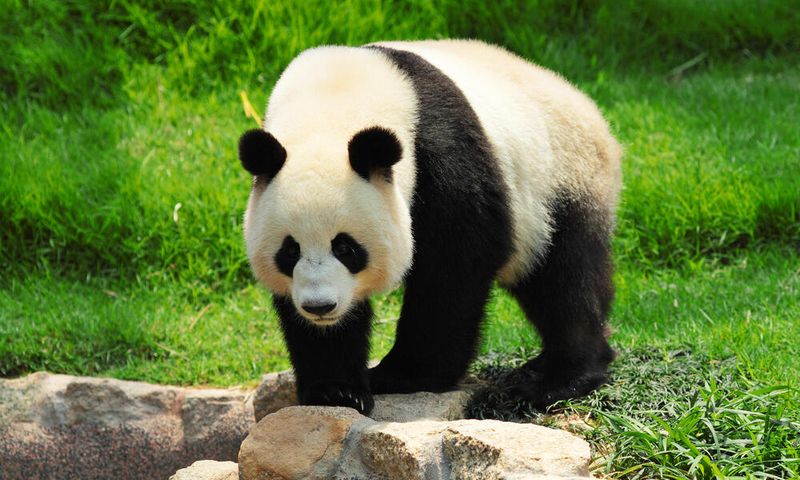
With its distinct black-and-white fur, the Giant Panda has captured hearts worldwide. From a few thousand individuals, their numbers have risen due to focused conservation in China.
These gentle giants now thrive in protected reserves where bamboo, their primary food source, is plentiful.
China’s commitment to conservation, including international collaborations, has made the Giant Panda a symbol of successful species recovery. A fun fact: Despite its diet, the Giant Panda is classified as a carnivore but eats mostly bamboo.
The California Condor
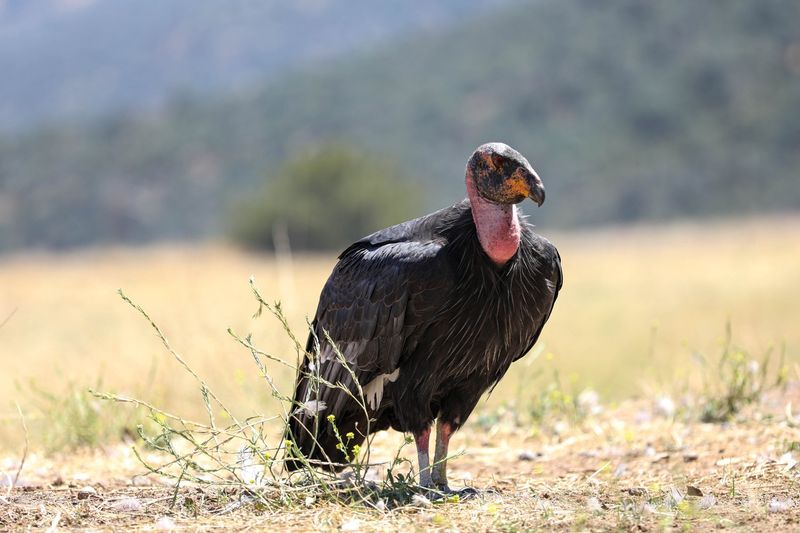
The California Condor’s survival is nothing short of miraculous. In the 1980s, less than 30 individuals remained in the wild.
Through captive breeding and reintroduction, their population has slowly increased. Today, these majestic birds soar once again over the southwestern United States.
The Condor’s story underscores the importance of collaboration in conservation, involving zoos, governments, and nonprofits. Interestingly, condors can live up to 60 years, making them one of the longest-living bird species.
The Gray Wolf

Reintroduction of the Gray Wolf into Yellowstone National Park sparked ecological transformation. After being eradicated from the area, they were reintroduced in the 1990s.
Their presence restored balance, affecting prey populations and even vegetation. The wolves’ return is heralded as a triumph of ecological restoration.
Their haunting howls now echo across the park, a sound absent for nearly seven decades. Did you know? Wolves play a crucial role as apex predators, maintaining the health of their ecosystems.
The Blue Whale

The largest creature on Earth, the Blue Whale, faced near extinction due to whaling. International protection measures have helped their population slowly recover.
Now, sightings of these gentle giants are becoming more frequent in their traditional feeding grounds.
The Blue Whale’s recovery showcases the power of international cooperation in marine conservation. Fun fact: A Blue Whale’s heart is as big as a small car, pumping vast amounts of blood to sustain its massive body.
The Arabian Oryx

The Arabian Oryx, once extinct in the wild, is a beacon of hope for conservationists. Intensive breeding and reintroduction efforts have revived their numbers.
These elegant antelopes now roam freely in protected desert reserves across the Arabian Peninsula. The species’ story demonstrates resilience and the possibility of reversing extinction.
A fascinating fact: The Arabian Oryx was the first species to be listed as “Extinct in the Wild” and subsequently reintroduced to its natural habitat.
The Humpback Whale
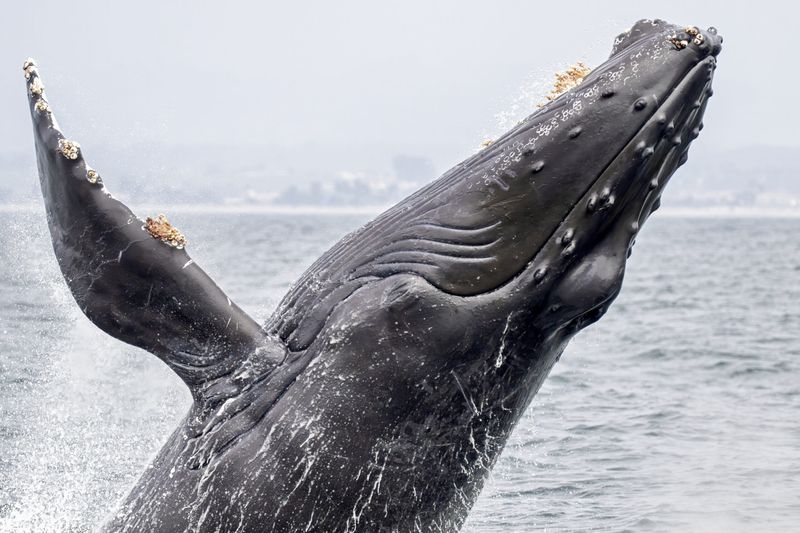
The Humpback Whale’s melodious songs signal a remarkable recovery. Once hunted to the brink, international whaling bans have allowed populations to bounce back.
These ocean giants are now a favorite among whale watchers, migrating along coastlines worldwide. Their recovery celebrates the effectiveness of international marine protections.
Intriguingly, each population of Humpback Whales has its own unique song, which males use to attract mates.
The Mountain Gorilla
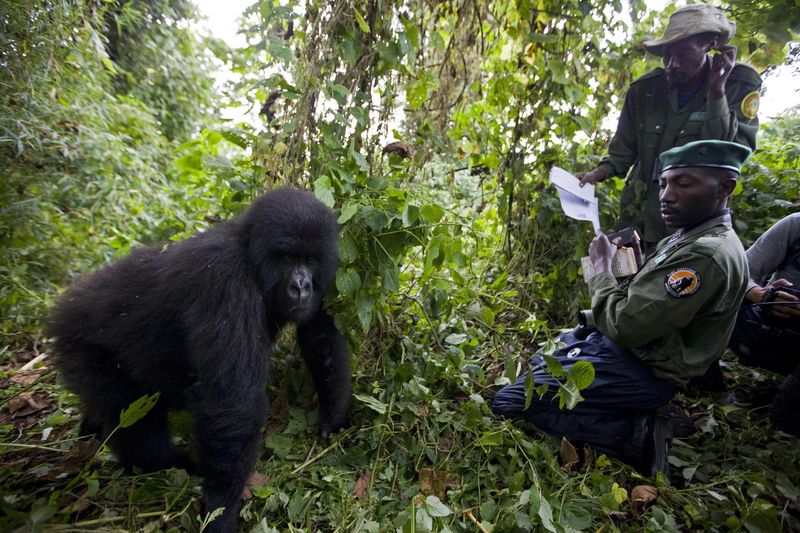
In the misty forests of East Africa, the Mountain Gorilla’s survival story unfolds. Conservation efforts have led to a slow but steady increase in their numbers.
Tourism plays a crucial role, funding protection and providing livelihoods for local communities. Their gentle presence now draws visitors from around the world, eager to catch a glimpse.
Did you know? Mountain Gorillas share over 98% of their DNA with humans, making them one of our closest relatives.
The Iberian Lynx
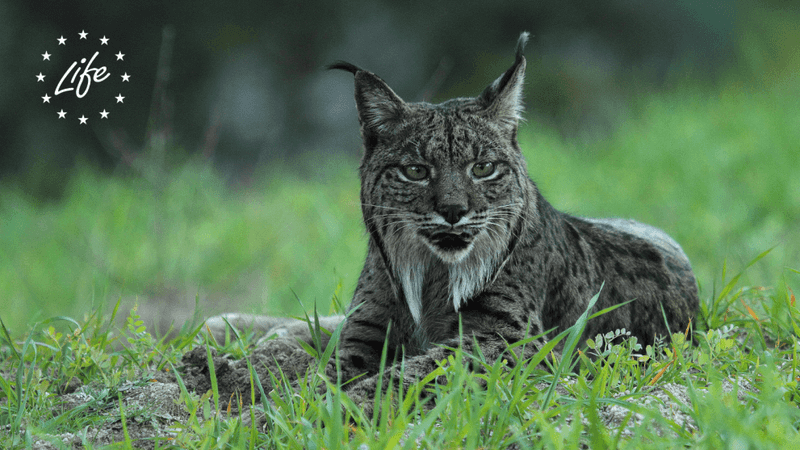
The elusive Iberian Lynx, once the world’s most endangered feline, has clawed its way back from the brink. Habitat restoration and captive breeding have spurred their recovery.
In Spain, where they roam the wild landscapes, increased rabbit populations (their primary prey) also aid their resurgence.
The Iberian Lynx’s comeback highlights the impact of targeted conservation strategies. Fun fact: The Iberian Lynx is known for its exceptional hunting skills and keen sense of sight.
The Hawaiian Monk Seal
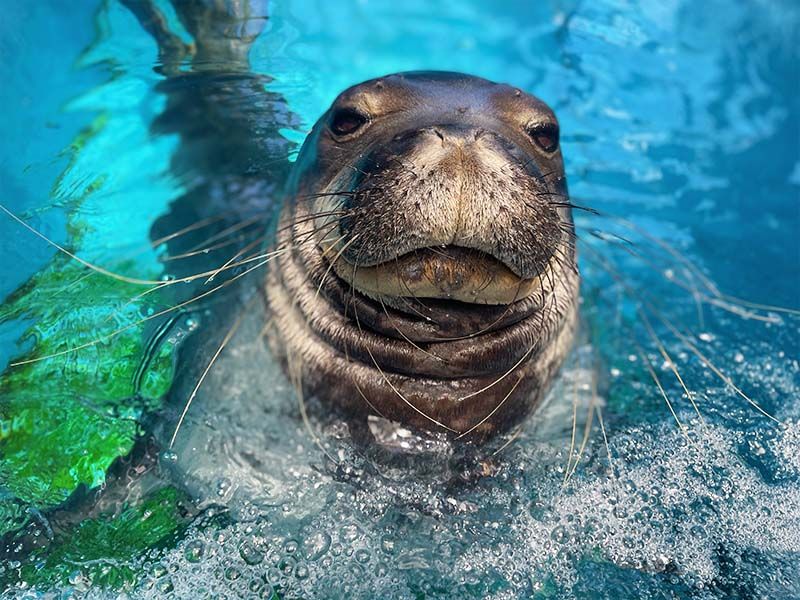
The Hawaiian Monk Seal, one of the world’s rarest marine mammals, remains a symbol of ongoing conservation challenges. With fewer than 1,400 seals left, they face threats from habitat loss to marine debris.
Intensive protection efforts include beach monitoring and rehabilitation programs. Despite obstacles, their numbers show a slow upward trend.
The Monk Seal’s plight emphasizes the need for continued vigilance. Did you know? Hawaiian Monk Seals are native only to the Hawaiian Islands and are considered “living fossils” due to their ancient lineage.
The Vaquita
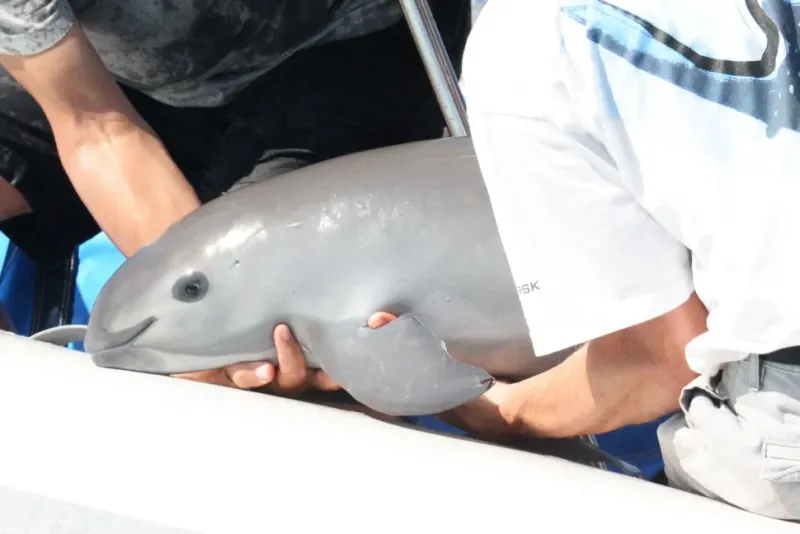
The Vaquita, the world’s smallest porpoise, teeters on the edge of extinction. Found only in the Gulf of California, their population has plummeted due to illegal fishing practices.
Efforts to protect them include removing fishing nets and enforcing fishing bans. Yet, with less than 10 individuals believed to remain, their future is precarious.
The Vaquita’s situation is a sobering reminder of how human activities impact marine life. Did you know? The Vaquita was only discovered in 1958, making its swift decline particularly tragic.
The Amur Leopard

With fewer than 100 individuals left, the Amur Leopard is critically endangered. Found in the forests of the Russian Far East, habitat loss and poaching are major threats.
Conservationists are working tirelessly on habitat restoration and anti-poaching measures. Despite challenges, there are glimmers of hope as their numbers show slight increases.
Did you know? The Amur Leopard’s thick coat is uniquely adapted to cold climates, offering both warmth and camouflage.
The Javan Rhino

The Javan Rhino, one of the rarest mammals on Earth, faces a perilous existence. Confined to a single park in Indonesia, their population hovers around 60.
Conservation efforts focus on habitat protection and reducing human-wildlife conflict. The Rhino’s plight highlights the vulnerability of species with limited ranges.
A fascinating fact: Unlike their African relatives, Javan Rhinos are solitary creatures, rarely seen even by researchers.
The Northern White Rhino

The Northern White Rhino faces a dire situation, with only two known individuals remaining, both female. Conservationists are racing against time, exploring advanced reproductive technologies to save the subspecies.
Their plight is a stark reminder of the impact of poaching and habitat loss. Protected in Kenya, they live under constant guard.
Did you know? The Northern White Rhino’s closest living relatives include the Black Rhino and the Southern White Rhino, both of which have larger populations.
The Kakapo
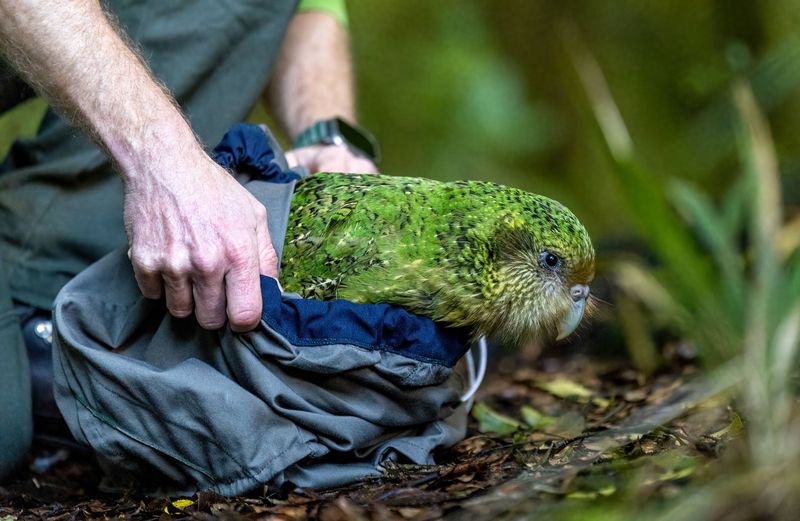
The Kakapo, a flightless parrot from New Zealand, is critically endangered. Intensive conservation efforts include breeding programs and predator control.
Once thought extinct, their numbers have slowly increased thanks to dedicated projects. These nocturnal parrots captivate with their quirky behavior and unique mating calls.
Interestingly, Kakapos are the world’s heaviest parrots, and each has its own quirky personality, endearing them to conservationists.
The Sumatran Tiger
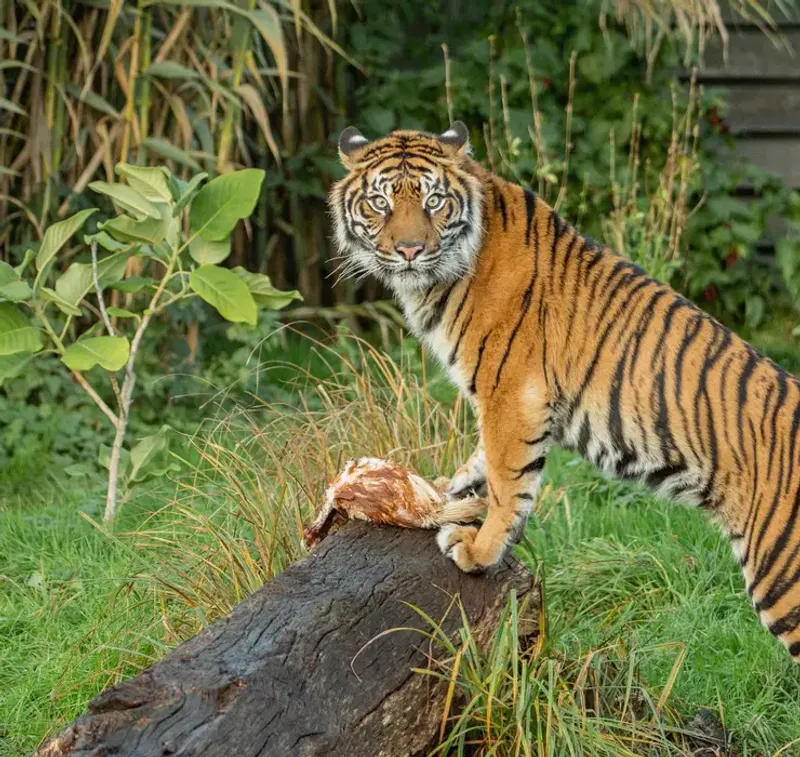
The Sumatran Tiger, the smallest surviving tiger subspecies, clings to survival in Indonesia’s rainforests. Habitat destruction and poaching threaten their existence.
Conservation groups focus on anti-poaching patrols and habitat preservation to support their growth. Despite challenges, there’s hope as awareness increases.
Did you know? The Sumatran Tiger’s stripes are closer together than those of other tigers, providing excellent camouflage in dense forest.

